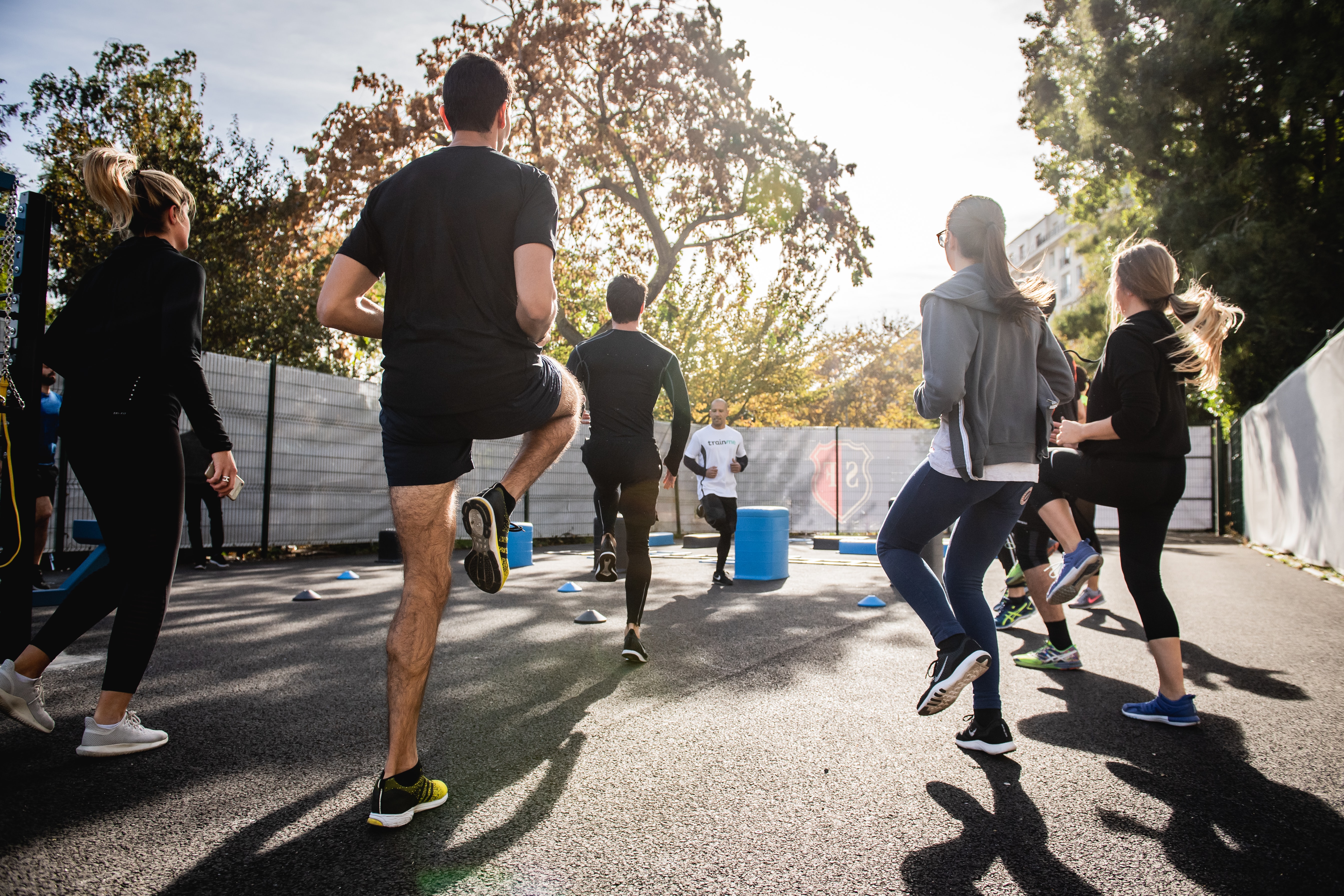Gender differences in sports participation can have negative impacts both locally and globally. Here are some of the ways in which these differences can have a negative impact:
1. Limited opportunities: Gender differences can result in limited opportunities for female athletes to participate in sports. This can be due to social and cultural factors that prioritize male participation in sports or a lack of funding for women's sports programs.
2. Stereotypes and discrimination: Gender differences can lead to stereotypes and discrimination against female athletes, who may be viewed as weaker or less capable than male athletes. This can lead to fewer resources and less support for female athletes, which can limit their ability to compete at the highest levels.
3. Health risks: Gender differences can also result in health risks for female athletes. For example, in sports such as soccer or basketball, where players are at risk of colliding with each other, female athletes may be at a higher risk of concussions or other injuries due to differences in physical size and strength.
4. Economic impact: Gender differences can have economic impacts as well. For example, the pay gap between male and female athletes is often significant, with male athletes earning more money for the same level of performance. This can limit the economic opportunities available to female athletes and discourage them from pursuing sports as a career.
5. Reduced participation: Gender differences can also lead to reduced participation in sports overall. When girls and women don't see themselves represented in sports at the highest levels, they may be less likely to participate themselves. This can result in missed opportunities for physical activity, leadership development, and other benefits that sports can provide.
6. Social and cultural impact: Gender differences in sports participation can also have negative social and cultural impacts. For example, when sports are viewed as primarily for men, it can reinforce harmful gender stereotypes and limit the possibilities for girls and women to participate in physical activity. This can lead to lower self-esteem and reduced confidence among girls and women, who may feel that their bodies are not meant for sports.
7. Missed opportunities for development: Gender differences can also result in missed opportunities for personal and professional development for female athletes. For example, sports can provide opportunities for leadership development, teamwork, and skill-building. When girls and women are excluded from sports, they miss out on these opportunities and may be less prepared to succeed in other areas of their lives.
8. Lack of representation: Gender differences can also result in a lack of representation of female athletes in media and popular culture. When female athletes are not visible in the media, it can reinforce harmful stereotypes and limit the potential for girls and women to see themselves as athletes. This can lead to reduced participation in sports and missed opportunities for physical and mental health benefits that come from participation.
9.Discrimination in access to resources: Gender differences can also result in discrimination in access to resources for female athletes. For example, female athletes may have less access to high-quality equipment or training facilities. This can limit their ability to compete at the highest levels and may result in reduced performance and missed opportunities for recognition and success.
In conclusion, gender differences in sports participation can have negative impacts on individuals, communities, and society as a whole. By addressing these differences and providing equal opportunities and support for female athletes, we can promote gender equality and ensure that everyone has the chance to benefit from the many rewards that sports can provide.














